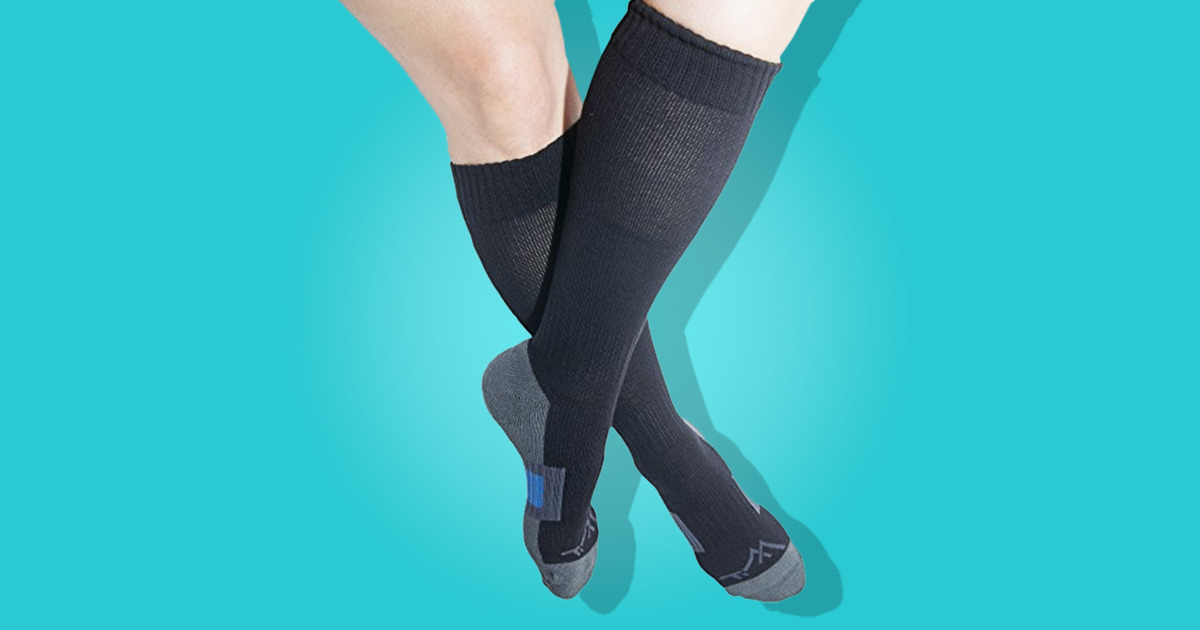How To Treat And Prevent Femoral Vein Thrombosis
Elevate The Legs

One of the best ways to prevent the formation of blood clots from femoral vein thrombosis is to elevate the legs. This is an important preventative step when individuals endure prolonged periods of inactivity or spend a lot of time sitting or on their feet during the day. These circumstances can cause leg swelling and blood to pool in the veins. When this happens regularly, and an individual has other risk factors, it is possible to develop femoral vein thrombosis.
It is important to elevate the legs by keeping them supported with pillows or cushions so they remain about six to twelve inches above the heart. This helps keep the blood circulating throughout the body and moving away from the legs to prevent pooling and clot formation.
Compression Socks

Compression socks are also an important precaution for the development of femoral vein thrombosis. Similar in purpose to elevating the legs, these socks keep the blood circulating to prevent pooling and the formation of blood clots. The tight fabric of the compression socks applies pressure to push the blood up and out of the legs. These socks are typically recommended to be worn following surgery or trauma when a patient will be immobile for a long period. Compression garments can also be worn at a doctor's recommendation by anyone who has risk factors for the development of blood clots, including femoral vein thrombosis.
